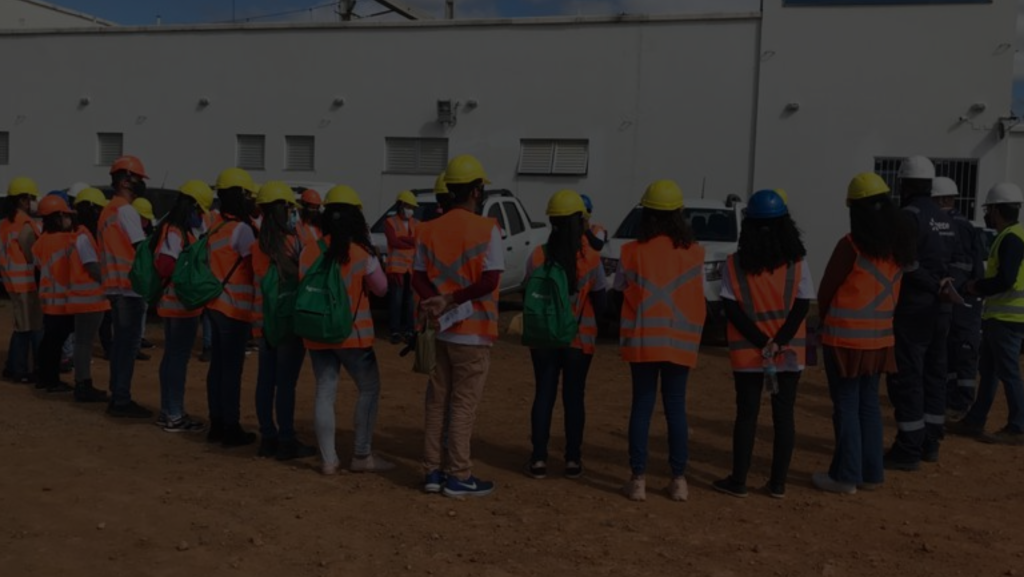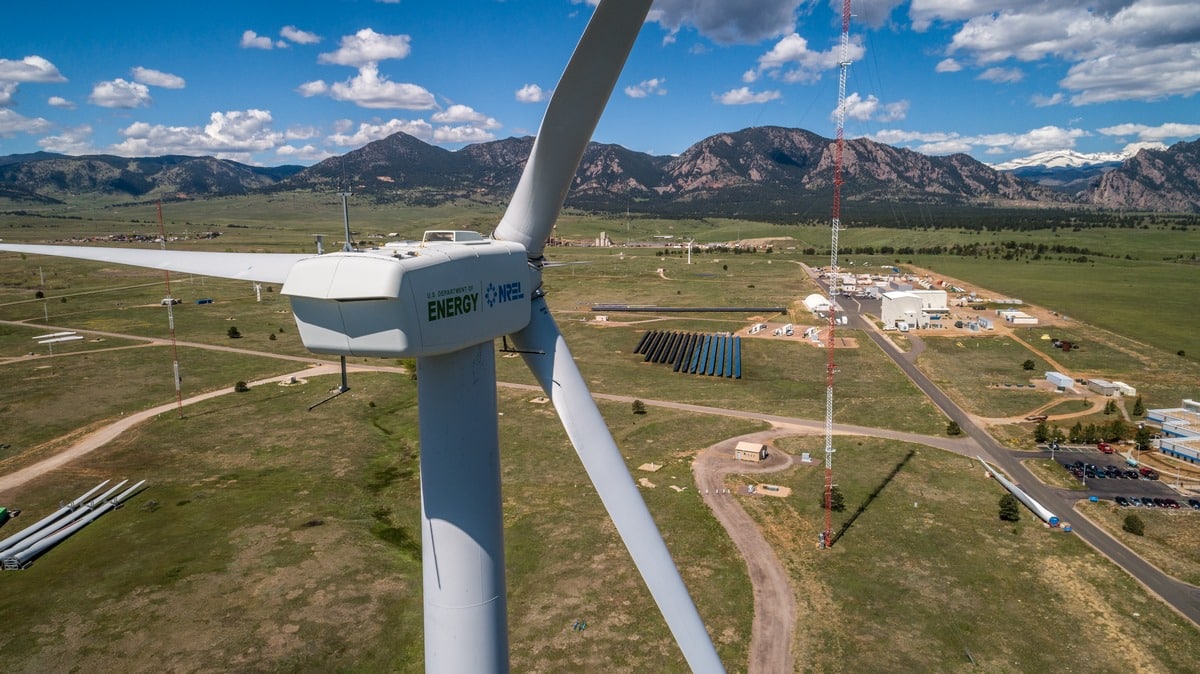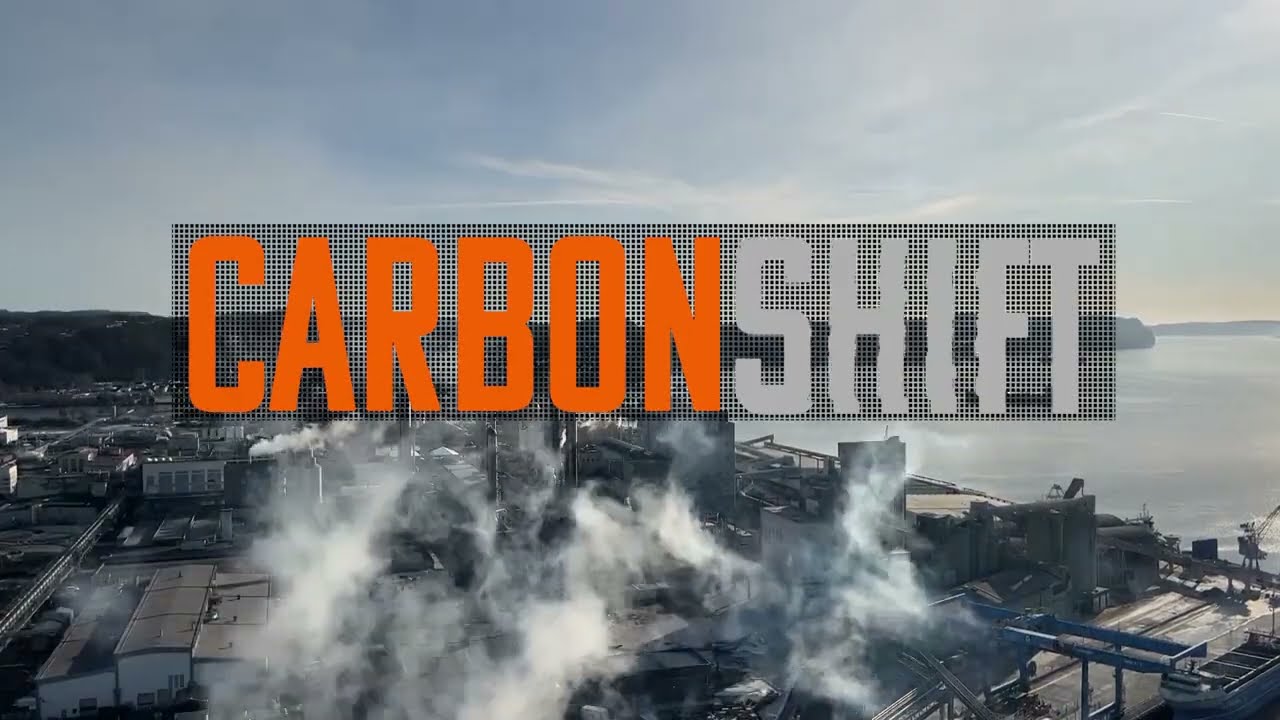
A shorter version of this story appeared originally in the Toronto Star.
By Tyler Hamilton
As oil giants headquartered in Calgary face the reality that the best days for their industry could be behind them, the towns of Chetwynd and Dawson Creek in northwestern British Columbia hold out hope that better times lie ahead.
It is on about 1,000 acres of land straddling both municipalities that a small B.C.-based company called Blue Fuel Energy plans to build an industrial-scale refinery that could create enough low-carbon gasoline to fuel 20 per cent of vehicles in Canada’s third-largest province.
Called the Sundance Fuels project, it’s expected to create about 1,500 construction jobs and another 150 permanent positions. But beyond a boost to the local economy, the project carries broader significance for what it represents to Canada’s petroleum sector: a path to phasing out the “fossil” from its fuels in a world that must dramatically reduce its greenhouse-gas emissions.
 Blue Fuel chief executive Juergen Puetter, the mastermind behind the $2.5 billion-plus project, has coined the term “liquid electricity” to describe the clean synthetic fuel his venture will produce. Initially, Blue Fuel’s pump-ready gasoline will be made from plentiful B.C. natural gas, not Alberta crude oil, and will have a carbon footprint 10 per cent smaller. It will achieve this by making its refinery more efficient than conventional refineries and using zero-emission hydro and wind power from B.C.’s grid to drive as many steps in the process as possible.
Blue Fuel chief executive Juergen Puetter, the mastermind behind the $2.5 billion-plus project, has coined the term “liquid electricity” to describe the clean synthetic fuel his venture will produce. Initially, Blue Fuel’s pump-ready gasoline will be made from plentiful B.C. natural gas, not Alberta crude oil, and will have a carbon footprint 10 per cent smaller. It will achieve this by making its refinery more efficient than conventional refineries and using zero-emission hydro and wind power from B.C.’s grid to drive as many steps in the process as possible.
Not bad – enough, in fact, to comply with low-carbon fuel standards in B.C. and California – but nothing to brag about.
It’s just the start, says Puetter, whose ambition seems to have no limit. “By having the refinery in place, we could ultimately make our fuel not just low carbon, but 100 per cent renewable,” he says.
PROVEN TECH
How would that work? It comes down to basic chemistry. Any refinery that makes gasoline is just juggling carbon and hydrogen molecules – hence the word hydrocarbons. The molecules in natural gas are reformulated into something call synthesis gas, which in turn is refined into methanol. In Blue Fuel’s case, it plans to use technology licensed from ExxonMobil to convert that methanol into gasoline.
But natural gas, or any fossil fuel for that matter, doesn’t have to be the original hydrocarbon source. Puetter’s longer-term plan is to install machines called electrolyzers that use clean B.C. electricity to split water into oxygen and hydrogen gases. Carbon would come from the CO2 emissions captured from existing industrial facilities or, as technology evolves, directly from the air. Over time, the idea is that the supply of waste CO2 and renewable hydrogen will grow and the use of natural gas will shrink. Eventually, the fossil in the fuel is squeezed out of the final formula.
“Nobody so far has been able to prove this to be fundamentally wrong,” says Puetter, conceding that it’s been a challenge raising the capital to get the project moving. Still, he’s aiming for gasoline to start flowing out of Sundance by 2020. “If I told you this has been easy I’d be lying.”
Puetter isn’t a mad inventor who hatched the idea in his garage. He has a track record, having founded several successful businesses – including Bionaire, a maker of indoor environmental control products, and Hydroxyl Systems, a water and wastewater treatment company. He developed the first commercial wind farm in B.C. and for five years sat as chairman of federally funded Sustainable Development Technology Canada, where he is still a board member.
The fact that Michael Macdonald, former senior vice-president of global operations at Methanex, the world’s largest methanol maker, joined Blue Fuel as its president lends serious credibility to the venture; as does the decision by RBC Capital Markets to lead the company’s hunt for financing.
Blue Fuel is also not the only company pursuing this idea. The first commercial plant to produce gasoline from natural gas began operation 30 years ago in New Zealand, and in 2011 a company called Carbon Recycling International opened up a small refinery in Iceland that makes methanol out of captured CO2 and hydrogen produced from clean electricity.
 Even German carmaker Audi is testing the waters. It has partnered with a company called Sunfire to make “e-diesel” made from CO2 and renewably produced hydrogen. A portion of its clean fuel has also been made from CO2 captured directly out of the air using technology developed by Zurich-based Climeworks.
Even German carmaker Audi is testing the waters. It has partnered with a company called Sunfire to make “e-diesel” made from CO2 and renewably produced hydrogen. A portion of its clean fuel has also been made from CO2 captured directly out of the air using technology developed by Zurich-based Climeworks.
Closer to home, a Calgary-based company called Carbon Engineering wants to use CO2 collected from its own air-capture technology to produce gasoline using a different process than the one Blue Fuel has chosen. “Our vision has always been about doing this at large scale,” says company CEO Adrian Corless.
Puetter says he can see Carbon Engineering one day becoming a supplier of CO2 to Blue Fuel. “But first we need to reduce the cost of CO2 capture,” he says. “It’s coming down, but it’s not economical yet on a large scale.”
CARBON NEUTRAL GASOLINE?
Still, the technology exists and it’s easy to see a future where the liquid fuels we use don’t add carbon to our atmosphere. It’s a tall order. But if oil is truly an economic addiction, synthetic fuel made from recycled carbon could be what methadone is to a heroin addict, and would address the reality that not all vehicles – from big trucks to airplanes – can run on battery power alone.
“There’s a market opportunity coming that really is quite extraordinary,” says Puetter, envisioning a day when big oil companies make their products with clean energy, instead of using fossil fuels to extract and produce dirtier fossil fuels.
The oil giants, after all, are already in the business of making liquid hydrocarbons. They have the project management experience, engineering skills and deep pockets needed to gradually transition from fossil to clean synthetic fuels, and the existing infrastructure – such as pipelines – to get their product to market.
“We believe we’ll be the first plant that is truly a gateway to that future,” added Puetter. “Our refinery will hopefully be a poster child for bridging the fossil fuel industry to renewables.”
Leah Lawrence, president and CEO of SDTC and past chair of the Calgary Chamber of Commerce, said Blue Fuel Energy is an important piece of the ultimate puzzle: what Canada’s energy sector might look like in a carbon-constrained world.
“For the first time we’re seeing a rapid uptake of technologies where before we couldn’t see how they all fit together,” said Lawrence. “Now we’re seeing it. Now you can see how a transition might happen.”
So is the oil industry paying attention? Does it care?
“It’s astounding how the oil boys club in Calgary is unwilling to change,” says Puetter, admitting that what he’s trying is “outside the box” and without precedent in Canada. The financial community has been an equally tough sell. “All they see is the risk. They don’t see the upside,” he says.
This article was part of a series produced in partnership by the Toronto Star and Tides Canada to address a range of pressing climate issues in Canada leading up to the United Nations Climate Change Conference in Paris, December 2015. Tides Canada is supporting this partnership to increase public awareness and dialogue around the impacts of climate change on Canada’s economy and communities. The Toronto Star has full editorial control and responsibility to ensure stories are rigorously edited in order to meet its editorial standards.
SOURCE: CLEAN | BREAK – Read entire story here.







